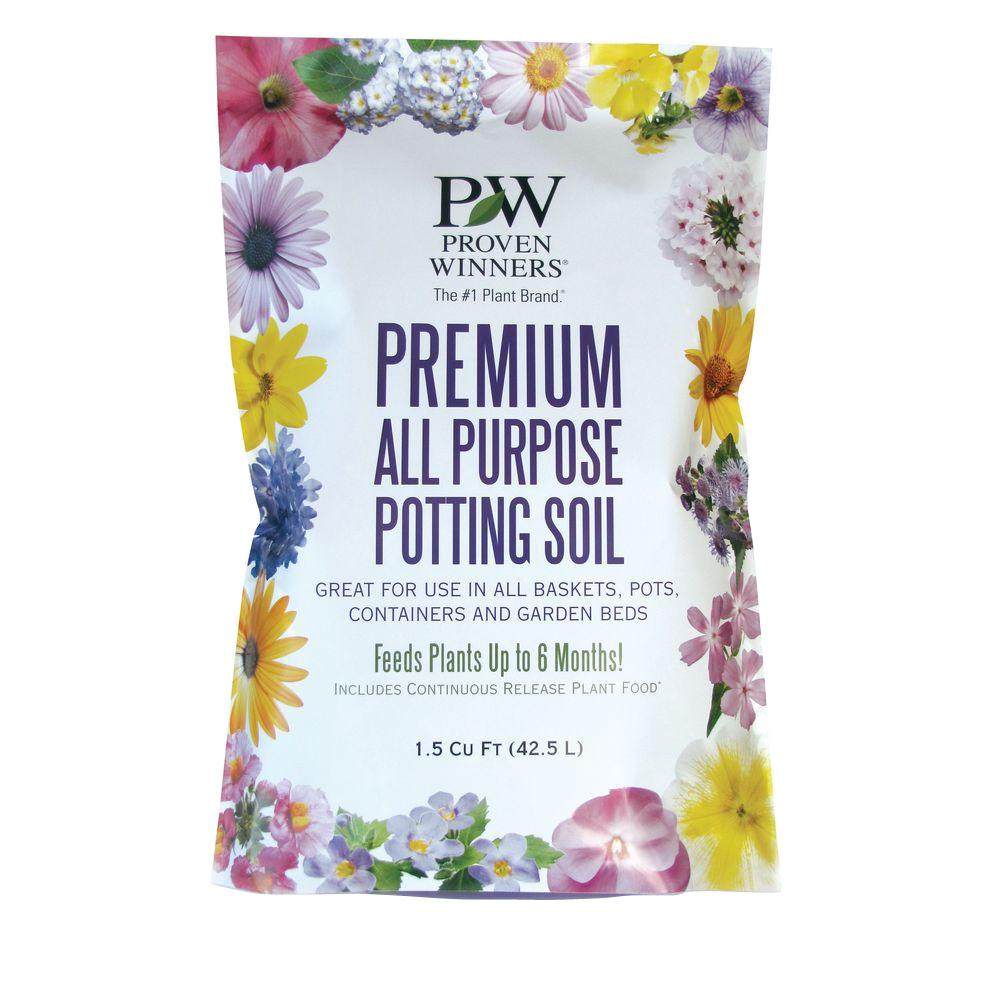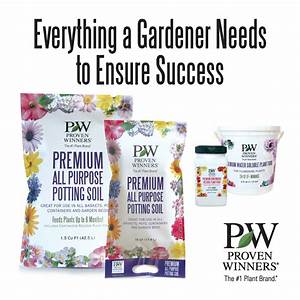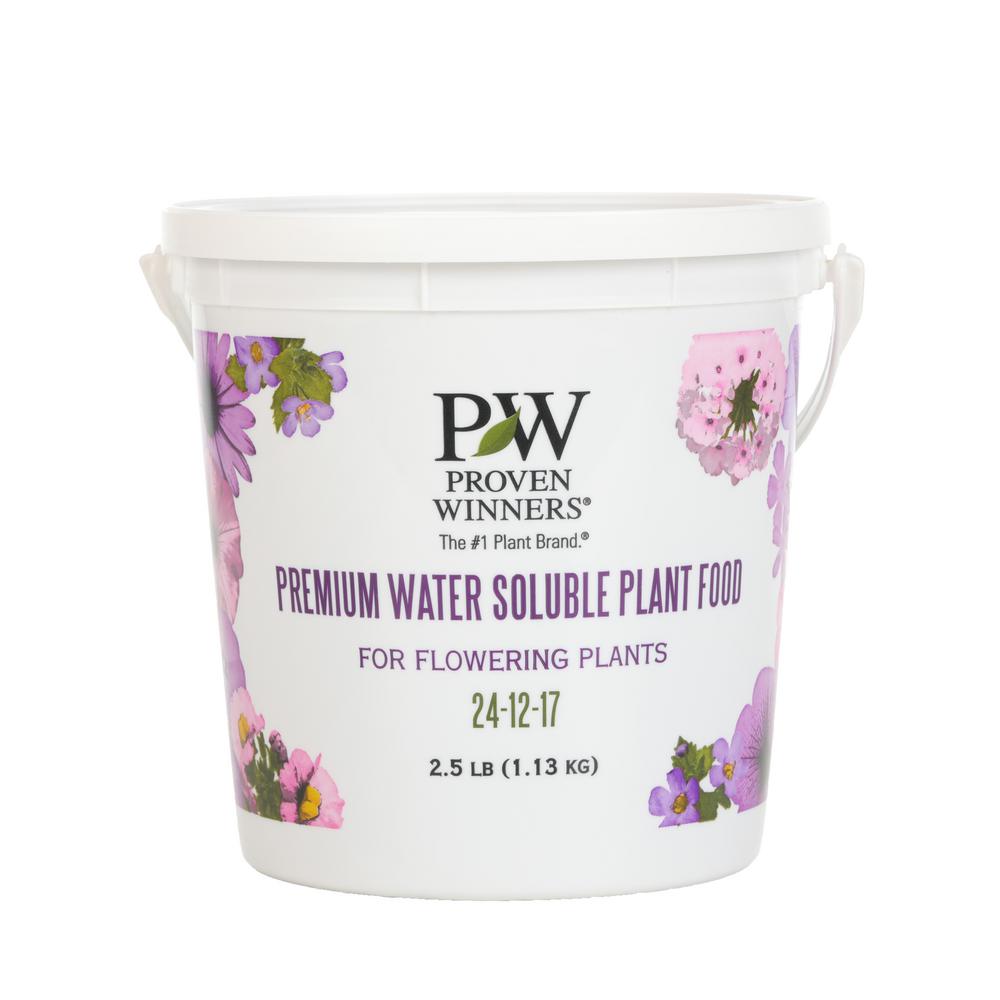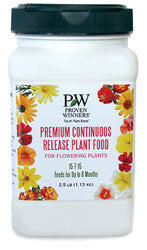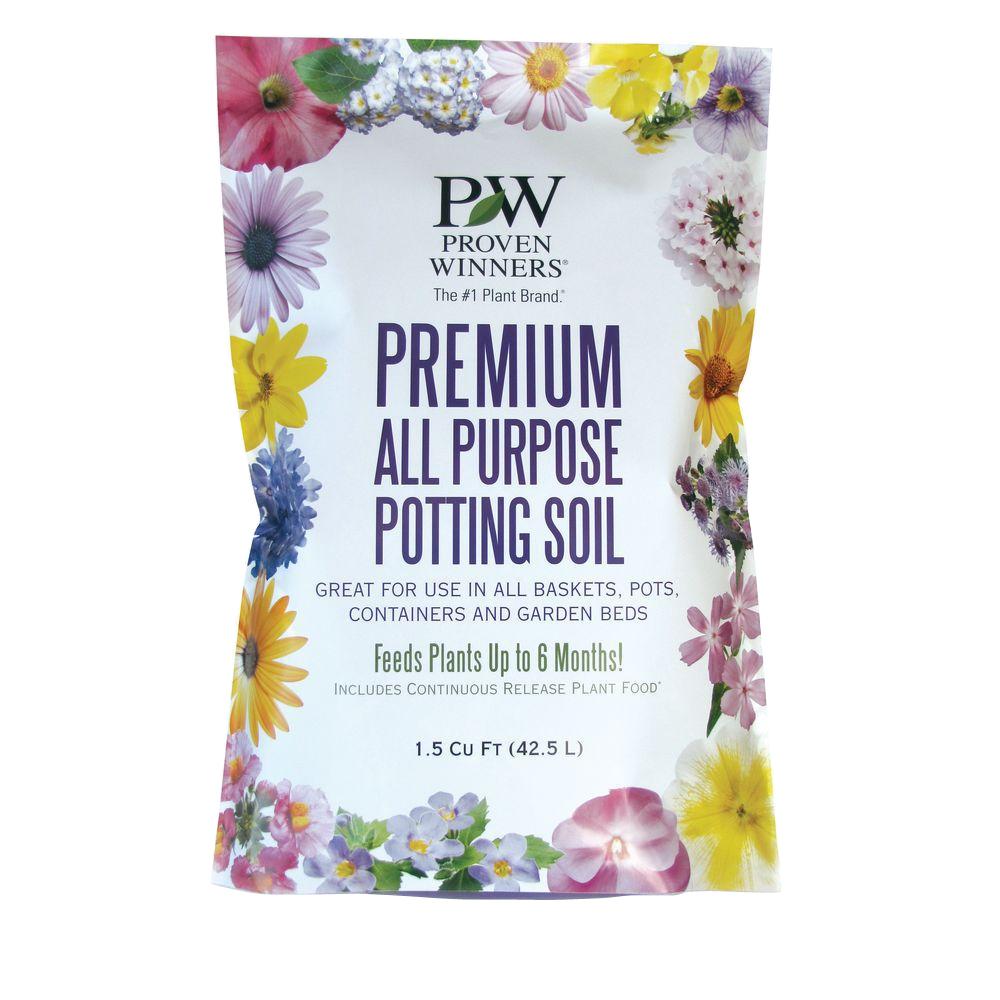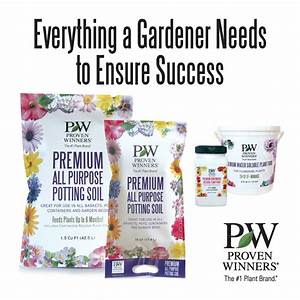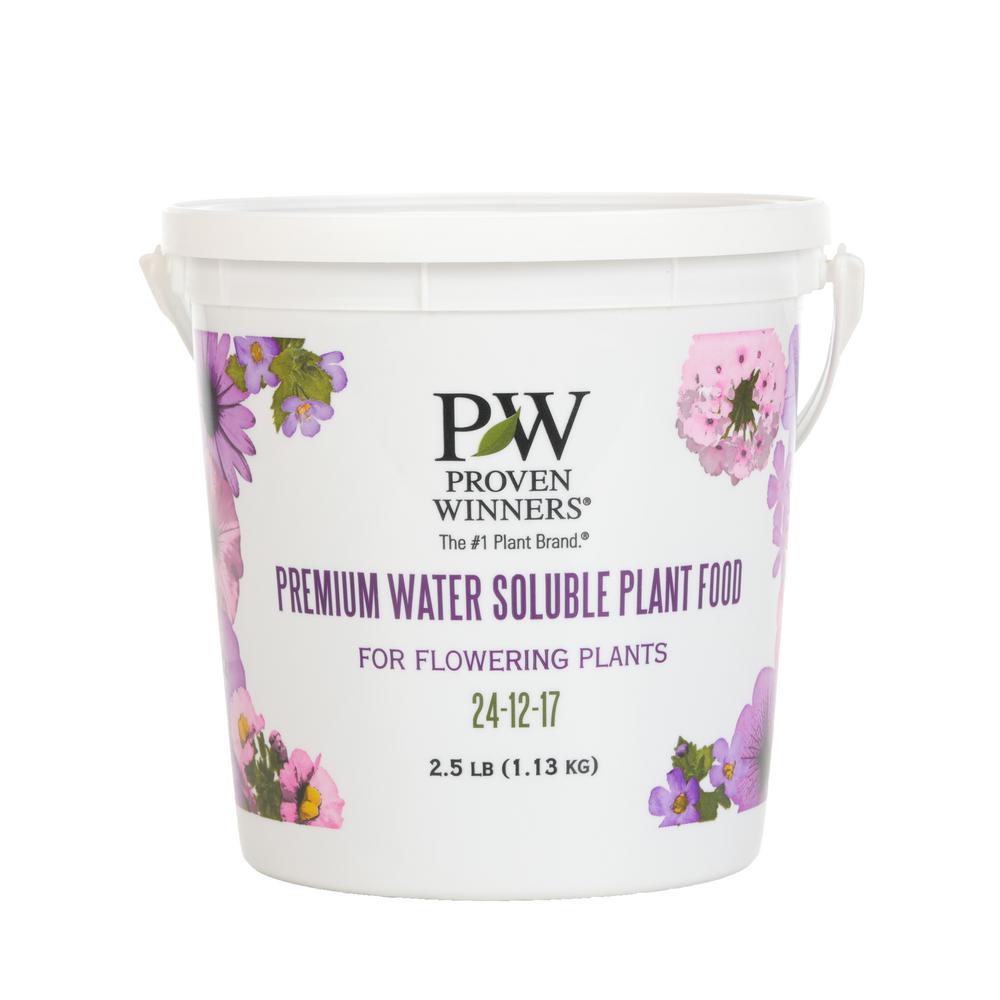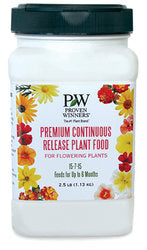Silverstone Gardens
Proven Winners® Soil & Fertilizer
Potting soil is a common medium used for planting small raised garden beds, container pots and hanging baskets. There are many things that you need to consider when gardening. And one of the most important aspects that you need to know is the soil and fertilizer. This factor greatly affects the growth of your plant. Most potting soils are rich in nitrogen. Nitrogen helps plants produce chlorophyll which gives the leaves their green color and keeps the plants healthy.
A good potting soil is a combination of different elements that are larger than soil particles. The large size of these elements is necessary to prevent the mixture from compacting. In a pot, there is limited space for air and water movement. If the soil is compact,air and water cannot freely move and this will affect the proper growth of your plant.
Commercial potting soils vary in components, some of which are soil-less which combines pine bark, perlite or vermiculite and peat moss among others. The most basic potting soil contains enough nutrients for most plants to last their planting season. It also supports air and water movement.
Fertilizing plants can be a bit bewildering but to get the most out of your plants, especially container plants, it is essential. Have you ever wondered why some people and places seem to have larger, fuller plants? The likely answer is regular fertilization and correct watering. While many plants will do OK with little or no fertilizer, they will reach their full potential only with the correct nutrition. However, fertilizer is one of those things where more isn’t necessarily better. It is possible to harm your plants by feeding too heavily. Always follow the directions on the package for correct usage of your specific fertilizer.
There are 3 main kinds of fertilizer: water soluble, slow release, and controlled release.
- Water Soluble: This substance is mixed with water, according to the directions on the package, and is normally applied every 7 to 14 days while you water. Look for a formulation that has a fairly large N number (20 to 24 is good), a smaller P number - about half of N, (10 to 12 would be good), and a K number that is equal to or slightly less than N (15 to 20 is fine). So look for a 20:10:20, 24:12:17, or 20:10:15. This fertilizer ratio is a good bet for all types of fertilizer. Follow the directions on the package for We recommend applying a nitrogen-rich fertilizer every third watering when using a water soluble plant food.
-
Continuous Release: A unique 6-month formulation feeds plants continually throughout the growing season with only one application. The temperature-sensitive coating delivers more nutrients during peak growing periods when the weather is the warmest and plants need food the most.
A 15-7-15 NPK ratio is designed to maximize flowering and plant growth. Includes multiple sources of Nitrogen for strong growth and color, Phosphorus, Potassium, Iron, and all other key micro-elements to ensure peak plant performance. 2.5 lb. jar. There are times when it makes sense to supplement your controlled release fertilizer with an application or two of water soluble fertilizer. - Slow Release: Slow release fertilizers will slowly release a small amount of nutrients over a period of several months. How much is released at a time is largely dependent on soil temperatures. Microbes in the soil control how much slow release fertilizer is released at one time and the microbes are more active at warm temperatures than cool temperatures. Slow release fertilizers can last for several months but since temperature has such a big impact it is difficult to predict exactly how long they will last. Slow release fertilizers tend to be more expensive per package than water soluble, however, because you need to apply much less often they aren’t necessarily more expensive to use.
Photo courtesy of Proven Winners or www.provenwinners.com
